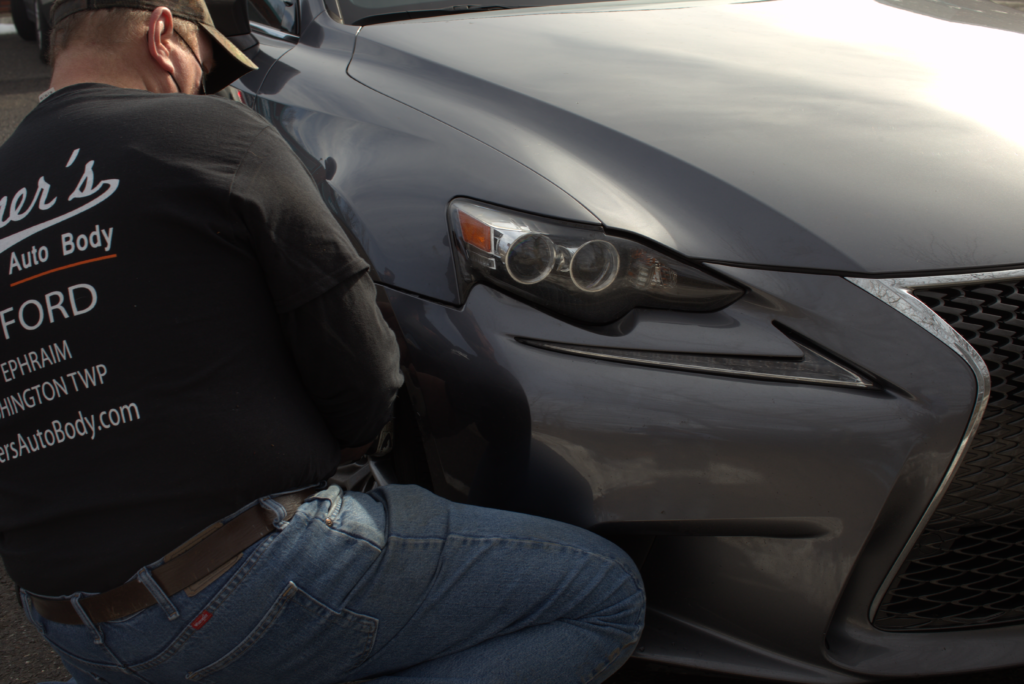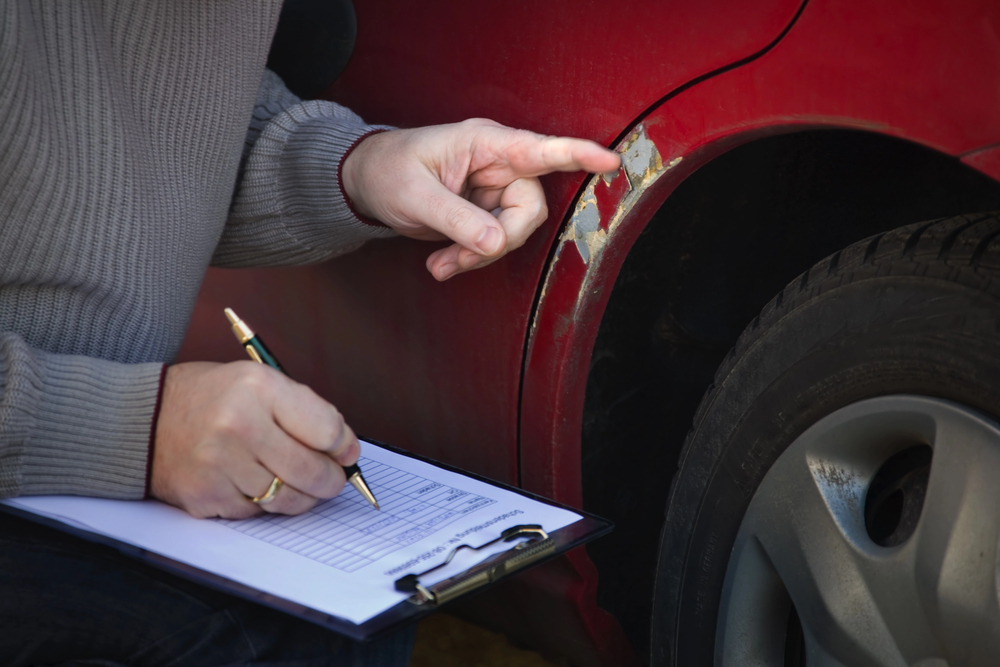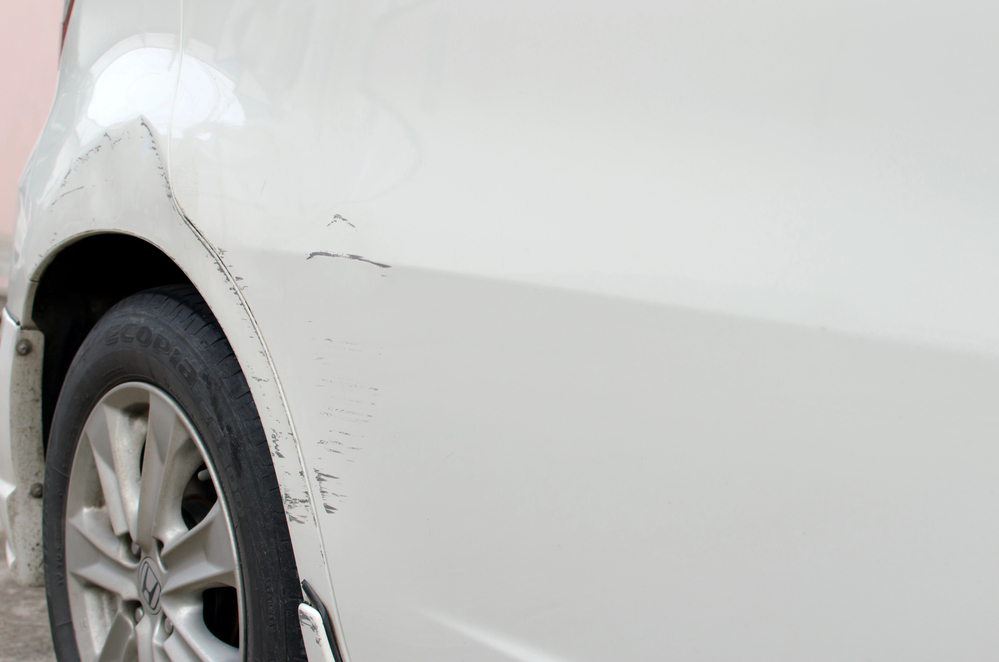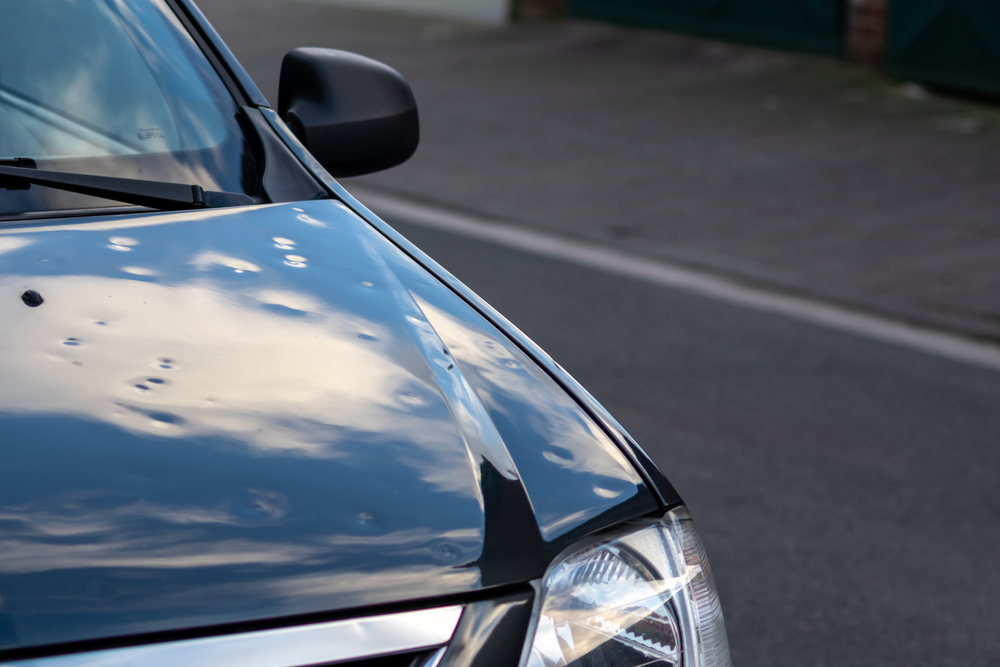Experiencing a jerking or bucking sensation when you accelerate can be both frustrating and concerning. This issue not only affects your driving comfort but could also be a sign of underlying problems with your vehicle. If you’re noticing this issue, it’s important to address it promptly to avoid further damage. Here are ten common reasons why your car might be jerking during acceleration and how Elmer’s Auto Body in South Jersey can help.
1. Dirty Air Filters
Dirty or clogged air filters can severely restrict airflow to the engine, leading to inefficient combustion. When the engine doesn’t get the right amount of air, it struggles to burn fuel properly, causing it to jerk or hesitate during acceleration. Replacing the air filter with a new, clean one ensures optimal airflow and helps the engine perform at its best. This simple maintenance task can lead to smoother acceleration and improved overall engine efficiency.
2. Dirty Fuel Injectors
Fuel injectors are responsible for delivering a precise amount of fuel into the engine’s combustion chamber. If these injectors become clogged or dirty, the fuel flow can become inconsistent, resulting in poor engine performance and jerking during acceleration. Regular cleaning or, if necessary, replacing the fuel injectors can restore proper fuel delivery and improve engine responsiveness. Keeping the fuel injectors in good condition helps maintain smooth acceleration and overall engine performance.
3. Cylinder Damage
Damage to the engine cylinders, such as worn-out piston rings, damaged cylinder walls, or issues with the cylinder head, can affect the engine’s ability to produce power smoothly. When the cylinders are compromised, the engine may experience misfires or irregular power delivery, leading to a jerking sensation during acceleration. Accurate diagnosis and professional repairs are essential to address cylinder damage. A mechanic will inspect the engine components and perform necessary repairs to restore smooth operation.
4. Old Spark Plugs
Spark plugs ignite the air-fuel mixture in the engine’s cylinders. Over time, spark plugs can become worn or dirty, leading to misfires, uneven engine performance, and jerking during acceleration. If the spark plugs are not functioning correctly, the engine may struggle to maintain consistent power. Replacing old or worn-out spark plugs can help ensure a strong and reliable spark, resulting in smoother acceleration and improved engine performance.
5. Faulty EGR Valve
The Exhaust Gas Recirculation (EGR) valve plays a crucial role in controlling emissions by recirculating a portion of exhaust gases back into the engine. A faulty or clogged EGR valve can disrupt this process, leading to uneven engine performance and jerking. Cleaning or replacing the EGR valve can help restore proper function and improve engine efficiency. Addressing EGR valve issues ensures that the engine runs smoothly and meets emissions standards.
6. Damaged Throttle Cables
Throttle cables control the engine’s throttle valve, regulating the amount of air entering the engine. If these cables are damaged, stretched, or improperly adjusted, they can cause erratic throttle response, leading to jerking when accelerating. Replacing or adjusting the throttle cables can help restore smooth and consistent throttle operation. Ensuring that the throttle cables are in good condition improves acceleration and overall driving comfort.
7. Gas Line Issues
Problems with the gas line, such as leaks, blockages, or damage, can disrupt the flow of fuel from the tank to the engine. Inconsistent fuel delivery can cause the engine to jerk or hesitate during acceleration. Inspecting the gas line for any issues and repairing or replacing damaged components can ensure a steady and reliable fuel supply. Addressing gas line problems helps maintain smooth engine operation and prevents performance issues.
8. Carburetor Defects
For vehicles equipped with a carburetor, defects or malfunctions can lead to an improper air-fuel mixture, causing poor engine performance and jerking during acceleration. The carburetor is responsible for mixing air and fuel in the correct ratio for combustion. Repairing or replacing a faulty carburetor can restore proper fuel mixture and improve engine performance. Ensuring that the carburetor functions correctly is essential for smooth and responsive acceleration.
9. Distributor Cap Moisture
The distributor cap plays a key role in directing electrical sparks to the correct cylinders. Moisture or contamination inside the distributor cap can cause electrical issues, leading to misfires and jerking during acceleration. Ensuring that the distributor cap is dry and in good condition is crucial for proper ignition system function. Regular inspection and maintenance of the distributor cap help prevent performance issues and ensure smooth engine operation.
10. Catalytic Converter Blockage
The catalytic converter is responsible for reducing exhaust emissions and facilitating proper exhaust flow. A blockage or clog in the catalytic converter can restrict exhaust flow, leading to poor engine performance and jerking during acceleration. Cleaning or replacing a blocked catalytic converter can restore proper exhaust flow and improve engine efficiency. Addressing catalytic converter issues ensures that the vehicle runs smoothly and meets emissions regulations.
Contact Elmer’s Auto Body of South Jersey Today
If your car is jerking during acceleration, especially after an auto accident, don’t wait to get it checked out. Professionals can assist you in diagnosing and repairing the issue. While Elmer’s Auto Body is a collision repair shop and not a regular mechanic, we aspire to educate the community and ensure everyone has a safe ride. If you end up in a collision, the skilled technicians at Elmer’s Auto Body are equipped to diagnose and repair a wide range of issues. Contact us today to schedule an appointment or to learn more about how we can help you get your car running smoothly again after an accident.






